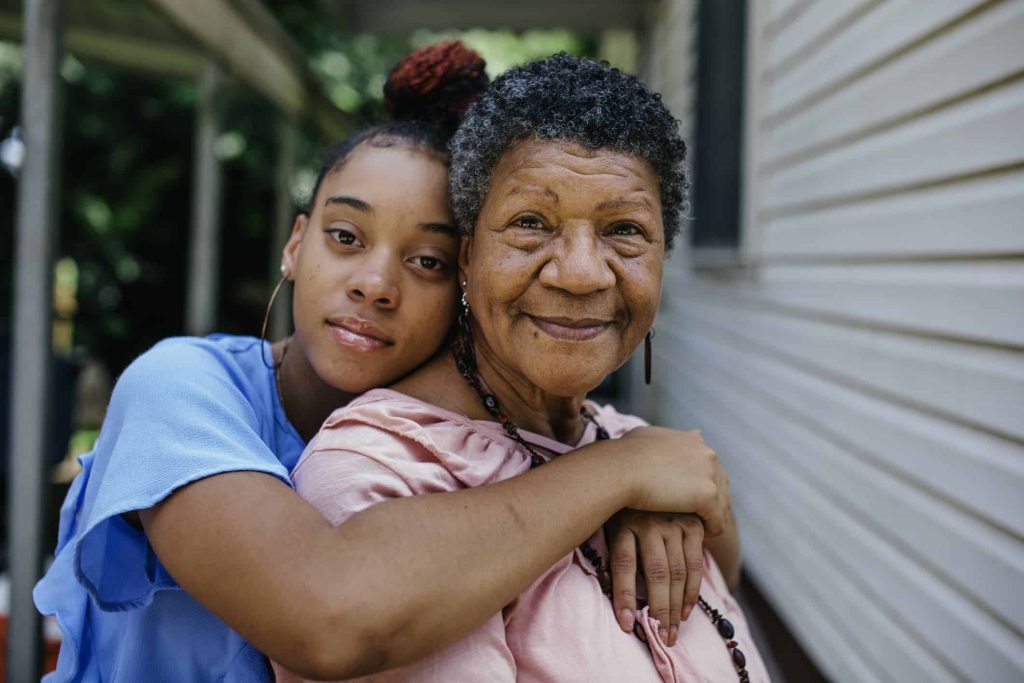HITLAB Team • June 18, 2024

The prevalence of mental health disorders among youth in the United States is alarmingly high, with one in six children aged 6-17 experiencing such challenges annually¹. Shockingly, half of these affected youth do not receive the treatment they urgently need. This gap in care contributes to the grim statistics of suicide, which claims a life every 11 minutes and sees a suicide attempt every 26 seconds. Most mental disorders have a typical onset between 12 and 25 years of age, highlighting the importance of this period for the pathogenesis, diagnosis, and treatment of mental ill-health². Early diagnosis and appropriate services for children and their families can significantly impact the lives of children with mental disorders.
While traditional therapies and medications are fundamental in addressing children’s mental health issues, accessing qualified therapists can be difficult, and medication may not always be the preferred route. Parents also encounter numerous barriers, including lack of awareness, reluctance to seek professional help, societal stigma, financial constraints, and inadequate insurance coverage. In this landscape, digital solutions have emerged as a promising avenue to surmount many of these barriers, offering accessible and scalable interventions that can complement conventional care.
Recent advancements in digital health technologies offer a myriad of innovative solutions aimed at supporting children’s mental health. Wearable devices such as smartwatches and biosensors can monitor physiological indicators of stress and anxiety, providing real-time data that can prompt timely interventions. Mobile applications like Headspace and Calm Kids offer guided mindfulness and relaxation exercises tailored for young users, helping them manage stress and develop healthy coping mechanisms. Additionally, digital therapeutic platforms such as Woebot use AI-driven chatbots to deliver cognitive-behavioral therapy (CBT) techniques in an engaging, interactive format. Virtual reality (VR) environments are also being explored for immersive exposure therapy, helping children confront and manage fears and anxieties in a controlled setting.
Furthermore, specialized digital therapeutics apps like EndeavorRx are also making some ripples in the ecosystem. EndeavorRx, the first FDA-approved video game treatment for ADHD, uses game-based therapy to improve attention function in children through engaging and adaptive challenges. This app exemplifies how digital therapeutics can deliver evidence-based treatments in a format that resonates with young users. Another recent addition to this category of FDA-approved digital therapeutics for mental health include the Otsuka and Click therapeutics’ Rejoyn, the first prescription digital therapeutic authorized for the adjunctive treatment of Major Depressive Disorder (MDD) symptoms.
Additionally, telehealth services have seen significant growth, allowing children and their families to access mental health professionals remotely, reducing the barriers posed by geographic location and availability of specialists. Platforms like Talkspace and BetterHelp provide online therapy sessions with licensed therapists, ensuring children receive professional care without the need for physical visits. These digital health technologies, while still evolving, represent a crucial step towards making mental health support more accessible, personalized, and effective for children and their families. By leveraging these tools, we can better address the mental health needs of today’s youth, fostering a healthier and more resilient generation.
While digital solutions hold the potential to enhance access and affordability while reducing disparities, they also face challenges such as low adherence and limited engagement. Prioritizing a user-centered design approach becomes imperative, ensuring that the needs and preferences of end-users are central, resulting in solutions that are user-friendly, relevant, and impactful.
Collaborating with a nonprofit organization, HITLAB conducted extensive research to understand the distinct needs and challenges of parents and children seeking digital mental health support. This research aimed to refine a mental health app developed by the nonprofit, with a focus on enhancing engagement and effectiveness. Employing tools such as user personas, empathy mapping, and customer journey mapping, HITLAB sought to bridge the gap between user expectations and the actual user experience.
It helped us identify various archetypes among parents and children, shedding light on the unique circumstances and needs of different user groups. Empathy mapping delved deeper into user emotions and motivations, unveiling not only their goals and challenges but also the external factors influencing their decisions. Furthermore, customer journey mapping pinpointed specific pain points in the user’s interaction with the app, enabling the development of strategies to enhance user experience across all stages, from initial awareness to post-engagement support, ensuring a smooth and satisfying journey. These insights proved instrumental in understanding user perspectives and thinking of ways to empower children on their journey towards mental wellness.

Digital mental health tools hold immense promise for bridging the gap in children’s care. Embracing a user-centered design approach helps unlock the full potential of technology, paving the way for a future where mental health support is accessible, engaging, and personalized.
About HITLAB
HITLAB is an impact-first organization that offers digital health research, teaching, and advisory services to improve health delivery around the world. Their mission is to harness technology and health to improve healthcare quality globally, employing rigorous research and evidence-based methods to identify the best digital health solutions for partners.
References
- Facts & Statistics – NAMI California. (2020, October 1). NAMI California. https://namica.org/what-is-mental-illness/facts-statistics/
- Uhlhaas, P. J., Davey, C. G., Mehta, U. M., Shah, J., Torous, J., Allen, N. B., … & Wood, S. J. (2023). Towards a youth mental health paradigm: a perspective and roadmap. Molecular Psychiatry, 28(8), 3171-3181.
Learn more about


